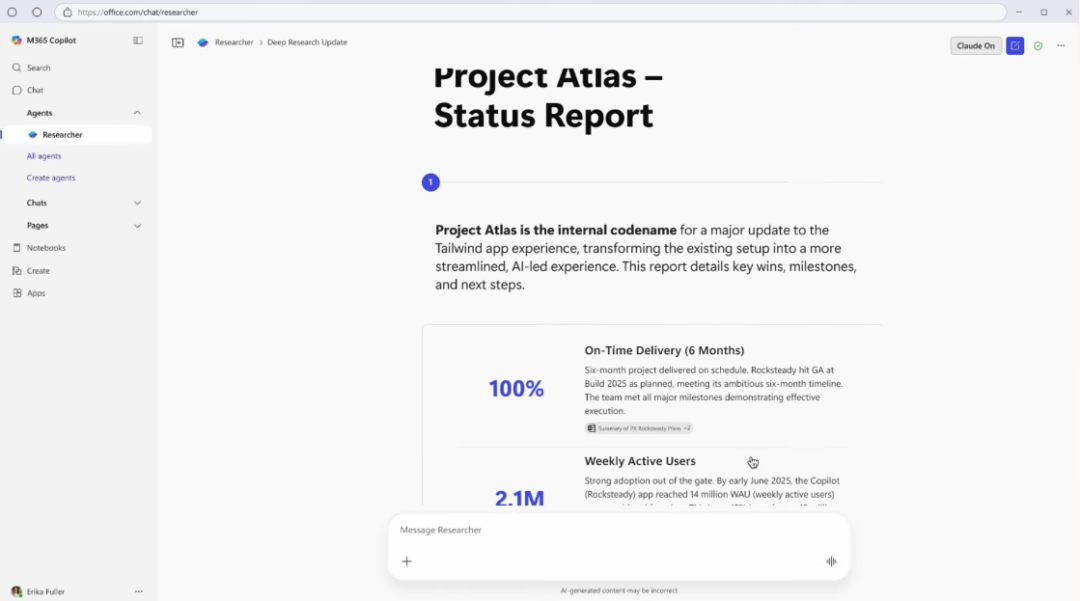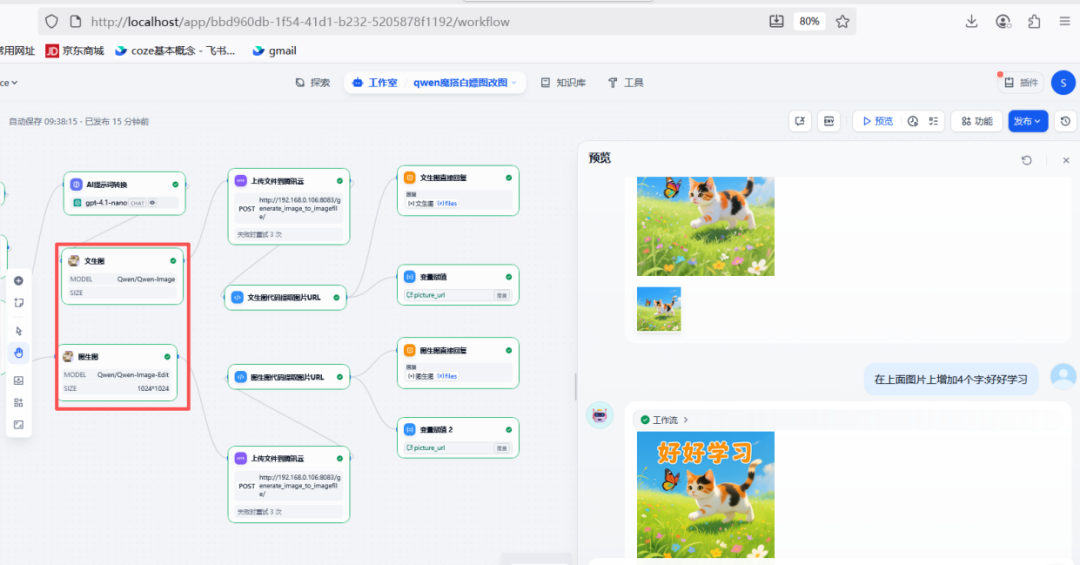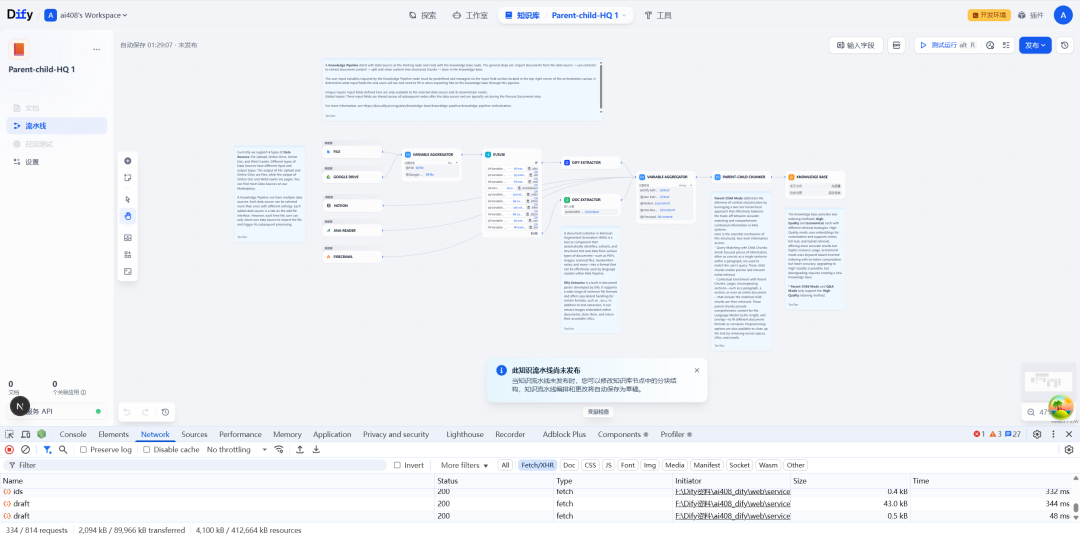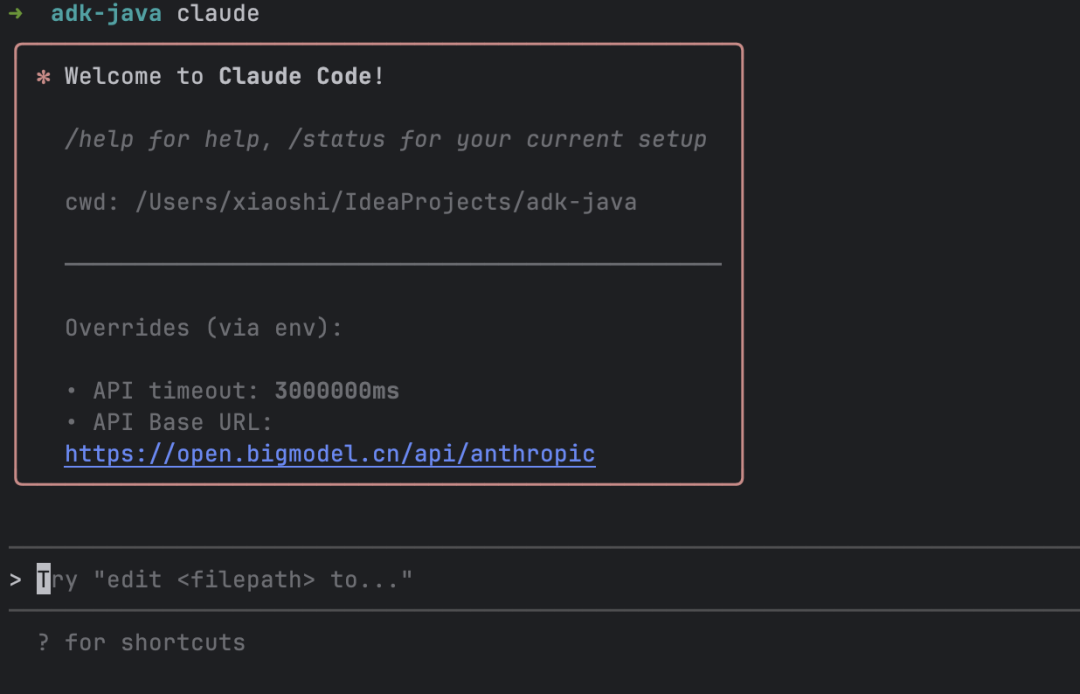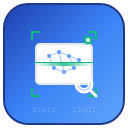Co-operative mechanisms in multimodal memory systems
The core of MIRIX that distinguishes it from ordinary screen recording tools lies in the design and realization of its six-dimensional memory system. Situational memory accurately records contextual information such as timestamps and application window states when user operations occur; semantic memory extracts document titles, keywords and summaries through NLP technology; and procedural memory is especially designed for pattern recognition of repetitive workflows, for example, when it is found that the user will be organizing data reports every Friday morning, corresponding work templates will be automatically generated.
The memory system achieves efficient retrieval through three levels of indexing: a timeline index that supports fast location by date, a semantic index that associates content features through the TF-IDF algorithm, and an application index that categorizes programs by type. Tests show that this design reduces the average time for users to find specific information from 142 seconds for traditional folder retrieval to 9.3 seconds.
The system also provides a memory management panel that supports enterprise-class features such as filtering by type (e.g., viewing only PDF document records), time-range cleanup (automatically archiving data from 30 days ago), and AES-256 encrypted storage.
This answer comes from the articleMIRIX: A Multi-Intelligent Personal Assistant for Intelligent Tracking of Screen ActivityThe



















